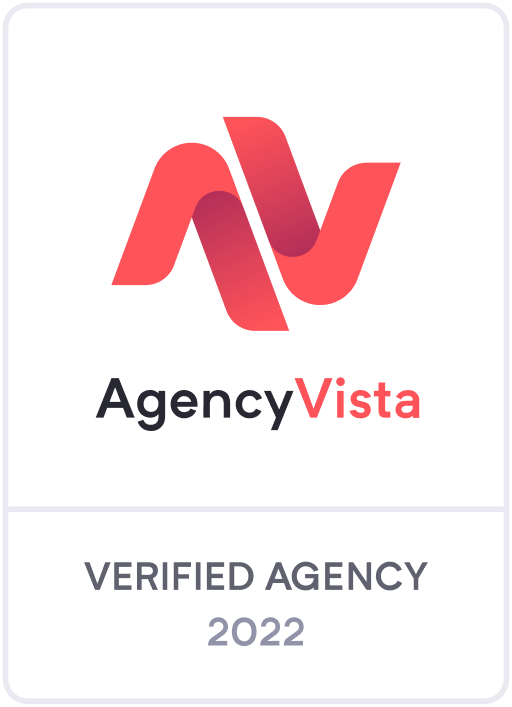Quality content is one of the most important components of your digital marketing strategy. It’s something you need to focus on regardless of whether you’re launching a new website, revamping your old one, or just continuing with your existing site.
In order to develop the right content for your website, you need to consider what you’re posting, where you’re posting it, and when. Read on as we uncover the right approach to developing high-quality content for your website:
Getting Started
Before working on the strategy, you need to examine the current state of your website and conduct a competitor analysis:
Clearly State Your USP (Unique Selling Proposition)
Viewers on your website should immediately get a clear idea about your vision and what products/services you offer that would add value to their lives. Your value proposition should be unique, even if you’re operating in an industry where you have a lot of competition.
Before developing new content, look at what you already have to find any gaps. Gauge what was successful in attracting viewers and what didn’t get the traction you were hoping for. Make a list of the content that can stay as it is, what needs to be redone, and what needs to be done away with. This way, you’ll have an idea of how much work you need to do on your web content.
Identify Your Target Market
Identify your audience based on a range of factors such as demographics, socioeconomic level, culture, and so on. Develop content that is relevant to this audience. If your target market consists of different categories, make sure your web content keeps all of them in mind.
With the right buyer persona in mind, create web content that addresses their needs and interests. Through your content, your customers should clearly be able to get an idea about the industry you are operating in and the market gap you’re filling. It should not only target customers but also prospective business clients and partners, media personalities, potential employees, etc.
Note: Some firms make the mistake of wanting to tackle a larger audience, even if they have a small, niche market, and may end up missing out on both.
Study the Customer Buying Cycle
The aim of all your web content is eventually to lead to a transaction of some sort between the viewer and you. In simple terms, it all boils down to increasing sales. Find different ways to help customers to the end of the cycle. For instance:
- Through blogs, you can educate your audience about the industry you operate in and clear up any confusion or misconceptions. Once you reach the end of the awareness stage, customers then proceed to the decision making stage where they decide whether a) they want what you’re offering or not, b) they want it from your company or someone else.
- For prospective clients and employees, testimonials and case studies are more likely to be effective in encouraging some sort of action.
Choosing the Right Content
Once you know how much needs to be done and the direction you intend on taking your brand’s content in, you can start practically working on new content.
Identify the Type of Content You Need to Produce
When you include optimizing your digital content into your online marketing strategy, you need to establish the purpose and target market. It starts out by updating viewers on market trends and trickles down to your organization and what value you offer. Your web content will cover a vast range of audiences and will have different CTAs (Call-To-Action):
- An engaging “About” page
- Blogging for increased viewership- SEO optimized content which will help you rank higher on search engines and in the long run increase customer traffic
- eBooks & whitepaper for credibility (only if it fits with your line of work)
- Customer testimonials validating the value of your services
- Employee testimonials to entice potential new hires- this should be combined with updated job postings
- Case studies to appeal to prospective partners and clients
- FAQ section
- Visuals- video clips containing behind the scenes about your company, employee insights, etc.
- Valuable information about your goods/services.
Have the Right Tone
Reach your audience at their level. This means:
- Writing in the same language– if you operate in multiple regions, then the option to select from different languages.
- Using simple words– don’t use any technical jargon, at least for blogs and introductory content. If you are talking about your company and any of your services and you must use technical terms, make sure to explain them really well.
- Personalizing content– the majority of your content should be conversational so that each viewer feels like you’re directly talking to them and helping their specific needs.
Make a Schedule
Identify who you’re targeting and gauge factors like when they’re most active online, where they browse frequently, and so on. Make a posting schedule which contains information about the topics you’ll post on, how frequently you’ll post, what days and at what time.
Even though it’s a good idea to plan ahead, don’t plan for more than a few months at a time. You’ll need to keep track of market changes and changing consumer needs and fit them into your schedule.
Keep Track of Your Performance
You need to evaluate the progress of this new content plan. Use metrics like the number of views each page is getting, what content is being shared the most (and what isn’t being shared at all), how long visitors are spending browsing through your content, and so on. This will help you determine where your content is relevant and actually working, and what needs to be fixed to appeal to the right audience. With these evaluations, you’ll also need to adjust your content schedule.
A Successful Web Content Strategy in the Long Run
Assign the right people from within your workforce to handle developing quality content for your website. If this sector isn’t your strength, outsource the job, but don’t compromise on quality.
A well-planned website content strategy will not only make it easier for people to find you, but also to make them stick around longer and listen to what you have to say. As long as you make your content current and relevant, you can engage more viewers, and over time, convert them into customers (or employees or business clients).




http://zithromaxproff.com/# zithromax 500 mg
zithromax 1000 mg online